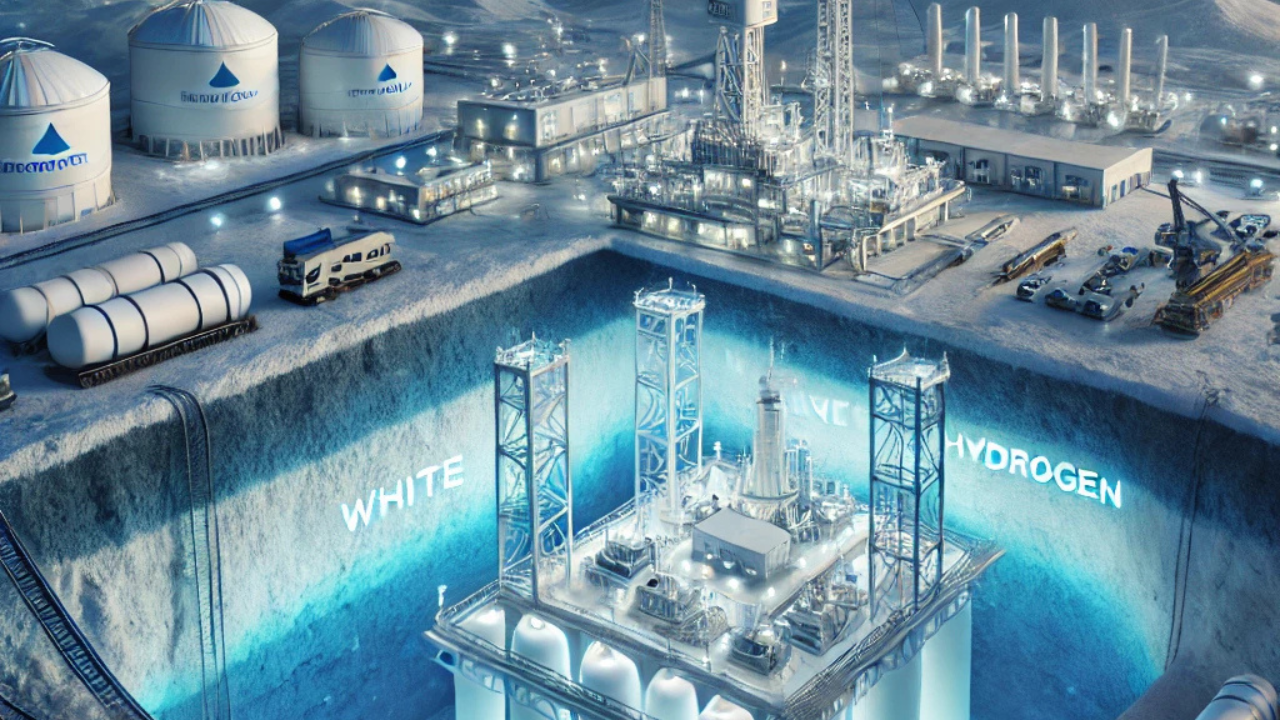France's White Hydrogen Bonanza in Folschviller: A Sustainable Energy Game-Changer
Key Ideas
- French scientists discovered a massive 46 million tons of natural hydrogen in Folschviller, France, a breakthrough hailed as a game-changer in clean energy.
- The white hydrogen deposit, valued at $92 trillion, does not require industrial production, emits no CO₂, and holds the potential to revolutionize the energy sector.
- This discovery challenges preconceptions about hydrogen, positioning white hydrogen as a cost-effective and environmentally superior energy alternative with global implications.
- The find highlights the significant role hydrogen can play in various industries like aviation, shipping, and steel production, offering a sustainable future energy source.
In a remarkable discovery, French scientists in Folschviller, France, uncovered a vast reserve of 46 million tons of natural hydrogen, termed 'white hydrogen,' beneath the soil. This find is positioned as a groundbreaking advancement in the clean-energy sector due to the unique properties of white hydrogen. The deposit was unearthed by researchers from the GeoRessources laboratory and the CNRS while searching for methane, indicating a substantial breakthrough in energy exploration. White hydrogen, unlike its green, gray, brown, and blue counterparts, requires no industrial production and emits no CO₂, making it an environmentally superior energy source. With the potential to revolutionize the global energy landscape, this discovery challenges traditional beliefs about hydrogen production by showcasing its natural existence. The economic value attached to this hydrogen reserve is staggering, estimated at $92 trillion, underlining the immense significance of this find. This white hydrogen deposit not only offers a sustainable energy alternative but also presents a cost-effective solution, with an estimated price of $1 per kilogram compared to green hydrogen's $6 per kilogram. Furthermore, the discovery emphasizes the crucial role hydrogen can play in various key industries such as aviation, shipping, and steel production, providing a cleaner energy source for the future. The implications of this monumental find extend globally, with similar deposits being identified in countries like the US, Russia, Australia, and Europe, hinting at a potential shift towards hydrogen as the future of clean energy.
